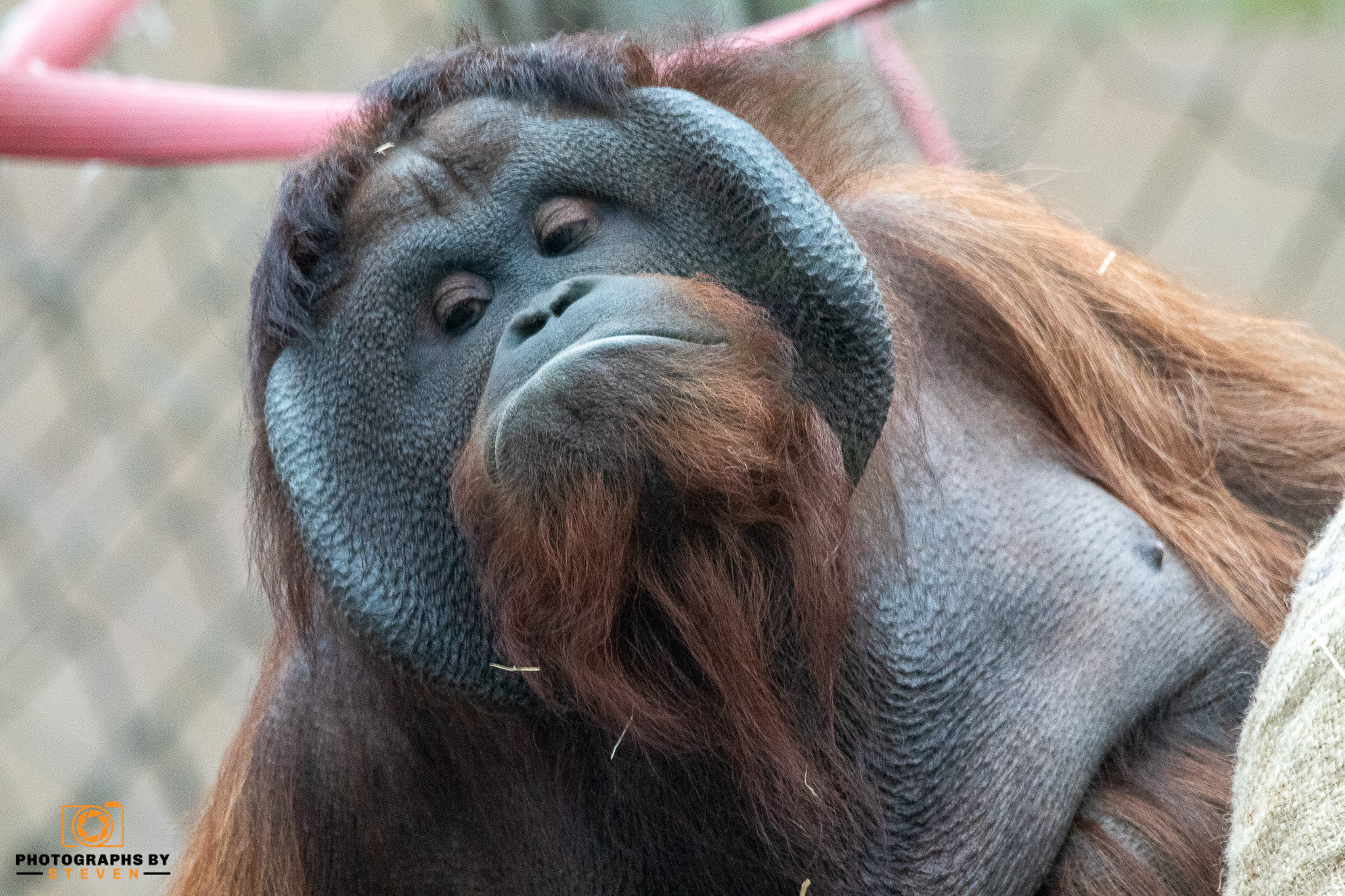As part of the fun facts series from Photographs by Steven, we have several interesting facts about leopards. One of the Big Five species, the leopard, can be found in numerous national parks throughout east Africa and the entire continent.
Leopards can be found in numerous African national parks
- There are several national parks in Uganda where you can see leopards: Queen Elizabeth, Kidepo Valley, Lake Mburo, Murchison Falls, and Semuliki.
- Leopards can be found in Kenya's Masai Mara National Reserve and Samburu National Park.
- Tarangire National Park, Serengeti National Park, Ngorongoro Conservation Area, and Lake Manyara National Park are among the parks in Tanzania where leopards can be found.
- Akagera National Park is home to Rwandan leopards.
Leopards behave in a highly secretive and territorial manner
In contrast to lions, one of the interesting facts about leopards is that they live solitary lives in solitude and isolation.
The only time a male and a female leopard are spotted together is during mating season. In their native habitat, leopards are typically observed wandering alone through grasslands.
The aroma of a female's territorial markers, such as her urine and readiness for mating with her mate.
They (male and female leopards) hunt together and mate 70 to 100 times a day during the mating phase, which lasts 4 to 5 days.
Following the mating phase, the cubs are born after a gestation period of three months, during which only two to three newborns have a chance of surviving.
Leopards resume their solitary lifestyle as soon as mating, pregnancy, and pup delivery are complete.
They don't have picky appetites
Another interesting fact about leopards is that they are opportunistic carnivores who eat various foods based on readily available food. They have a variety of diets that they prefer. Although they may eat small and large prey, their preferred diet consists of medium-sized mammals, including impalas, spotted deer, and bushbucks.
Leopards are highly flexible cats
It has been observed that leopards are adaptive cats, enabling them to live in a variety of situations.
Leopards are found in various African settings because they can adapt to any environment.
As opposed to other cats, like lions, that choose to live in occupied areas close to water sources.
They are nocturnal animals
Leopards are nocturnal animals and would rather spend the evenings hunting for food than sleeping at home.
The night vision of these amazing cats is seven times better than that of humans.
They enjoy living in or close to trees
Leopards exploit trees to their advantage in a variety of habitats.
Except for lions, they are the best climbers and the most arboreal of the big cats.
Leopards frequently seek shelter in trees when threatened or under attack.
They sleep on the branches of trees during the day to avoid being seen by other predators.
They can reproduce with other big cat species
Although leopards in the wild are aggressive toward other big cats, they have mated with them in captivity.
An intriguing fact about leopards is that they have successfully interbred with lions while kept in captivity.
Leopons are the breeding pair's offspring, produced when male leopards mate with female lions.
Lions are the offspring of a female lion, while leopards are the male lions and a female leopard's child.
For many years, jaguars have been produced by mating leopards and jaguars.
There have been previous attempts to breed tigers and leopards, but all that has happened are stillbirths.
The lifespan of a leopard in the wild typically ranges from 12 to 17 years
Leopards can survive in the wild for up to 12 to 17 years, depending on their surroundings. On the other hand, they have a significantly longer life expectancy when kept in captivity.
A female leopard who lived more than a century ago can be seen at McCarthy's Wildlife Sanctuary at The Acreage in Palm Beach County, Florida. She is the oldest leopard ever discovered.
In 2014, Roxanne the leopard passed from natural causes at 24 years, two months, and 13 days.
They rarely attack humans
One exciting truth about leopards is that, unlike lions and tigers, which are more likely to turn into man-eaters, they rarely approach humans.
They hunt apes and monkeys, but humans represent a special kind of prey for these predators.
If they attack their livestock, which is more common, they are more likely to encounter people and have a confrontation.
They will shift to attacking people to survive when their regular food species are in short supply.
The young are born blind
Leopard cubs are weak and blind at birth, making them the perfect target for predators. They are totally dependent on their mothers to survive.
About ten days after birth, their eyes open for the first time, and they stay a bright blue color for the first few months of life.



Leave me a comment
Thank you for reading my post, if you want to leave a comment, you can do so below.